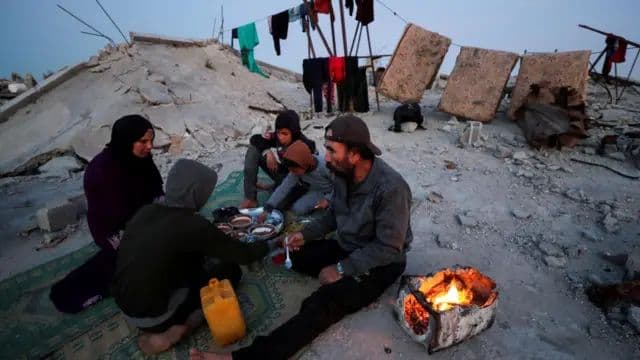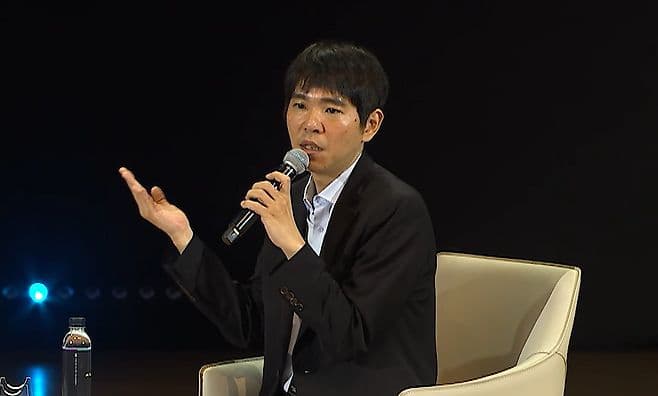Hamas Proposes Extended Negotiations Beyond 60-Day Ceasefire: Will This End the Gaza War?

The Breakthrough Moment Everyone's Been Waiting For
Can you believe it? After two years of devastating conflict, Israel and Hamas have finally reached an agreement on the first phase of a ceasefire deal. On October 9, 2025, the Israeli cabinet approved a framework that could potentially end one of the most destructive wars in recent Middle Eastern history. This historic moment came after intense negotiations in Sharm el-Sheikh, Egypt, where mediators from Qatar, Egypt, and Turkey worked tirelessly to bring both sides to the table.
The breakthrough happened faster than anyone expected. According to sources familiar with the talks, negotiators thought discussions would drag on for days, but U.S. envoys Steve Witkoff and Jared Kushner managed to push the agreement through in just one evening. President Trump announced the deal on his Truth Social platform late on October 8, declaring that Israel and Hamas had agreed to the first phase of his 20-point peace plan. Within 24 hours of the ceasefire taking effect, Israeli forces began withdrawing to a predetermined line, and Hamas committed to releasing all hostages within 72 hours.
What makes this moment so significant? Unlike previous failed attempts, this deal addresses the core issues that have kept the war going for two years. The agreement includes the release of 20 living Israeli hostages and the bodies of 28 deceased captives, in exchange for approximately 250 Palestinian prisoners serving life sentences and 1,700 Gaza residents detained since October 7, 2023. Israeli Prime Minister Benjamin Netanyahu called it a great day for Israel, while Palestinians in Gaza took to the streets in celebration, though their joy was mixed with the overwhelming grief of losing over 67,000 people during the conflict.
Hamas's Bold Counter-Proposal: No Return to War

Here's where things get really interesting. Back in July 2025, during earlier negotiations in Doha, Hamas made a counter-proposal that caught everyone off guard. According to a senior Hamas official who spoke to Reuters, the Palestinian group requested a clause preventing Israel from resuming military operations even if a comprehensive agreement isn't reached within the 60-day ceasefire period. This was a complete departure from previous negotiation frameworks.
Hamas also introduced a completely new prisoner exchange formula that had never been discussed before. The proposal suggested continuing negotiations indefinitely beyond the initial ceasefire window, essentially creating a permanent pause in hostilities regardless of whether all issues were resolved. This approach reflected Hamas's determination to prevent a repeat of what happened in March 2025, when Israel resumed military operations after a previous 42-day ceasefire expired without reaching an extension agreement.
Netanyahu's response? He recalled the Israeli negotiation team from Doha to Jerusalem to review Hamas's proposals. While an Israeli official told CNN that this wasn't a sign of crisis but rather a need to make critical decisions that couldn't be made remotely, the move signaled the complexity of the situation. Anonymous Israeli sources later told the Associated Press that Hamas's proposal was viable and under serious consideration, marking a significant shift in Israel's negotiating stance.
Trump's High-Stakes Diplomacy and the Road to Sharm el-Sheikh
Remember when President Trump gave Hamas an ultimatum? On October 3, 2025, he set a deadline of October 5 for Hamas to accept his peace proposal, threatening complete obliteration if they refused. The timing was no coincidence—it came just days before the Nobel Peace Prize announcement, which many observers noted Trump has publicly stated he deserves. But beyond the theatrics, Trump's 20-point plan represented a genuine attempt to break the deadlock.
The plan's brilliance lay in its phased approach. Phase one focused entirely on the hostage-prisoner exchange and initial Israeli withdrawal, deliberately separating these immediate humanitarian concerns from the thornier long-term issues like Gaza's demilitarization and future governance. This strategy allowed both sides to claim early wins while buying time to negotiate the harder questions. Hamas accepted parts of the proposal on October 3, expressing willingness to release all captives and immediately engage in detailed negotiations through mediators.
When negotiations moved to Egypt on October 6-7, the atmosphere changed dramatically. U.S. officials, working alongside Egyptian President el-Sisi and Qatar's Prime Minister, managed to convince Hamas that Trump was serious about enforcing every principle of his plan, including Israel's complete—though phased—withdrawal from Gaza. The message everyone will be treated fairly resonated with Hamas negotiators who had long feared being left with nothing after releasing their leverage. By October 8, with Witkoff and Kushner personally present at the talks, the deal came together in record time.
The Rocky Road Ahead: Will Peace Actually Last?
So, is this really the end of the war? Well, not so fast. While the first phase looks promising, massive obstacles remain for phases two and three. The biggest sticking point? Hamas's disarmament. Trump has emphasized that Hamas will be disarmed and Gaza will be demilitarized, stating it will happen the easy way or the hard way. Netanyahu echoed this sentiment in a video statement just hours after the cabinet approved the ceasefire, warning that Israel would resume the war if Hamas isn't disarmed.
But Hamas has made it crystal clear they will never agree to give up their weapons. Senior Hamas official Khalil al-Hayya has repeatedly stated that disarmament is a red line the group won't cross. Photos of Hamas gunmen patrolling Gaza streets within hours of the ceasefire taking effect sent a clear message: the militant group intends to maintain its presence and power. How can these diametrically opposed positions be reconciled? An Arab diplomat told The Times of Israel that creative solutions might be advanced to satisfy all sides, though what those solutions might look like remains unclear.
Then there's the question of who will govern Gaza after the war. The Trump plan envisions Palestinian technocrats taking over administration under international supervision, with neither Hamas nor the Palestinian Authority in charge. Hamas has indicated some openness to this idea, but implementation will be extraordinarily complex. Netanyahu's government, meanwhile, faces internal pressure from far-right coalition members who oppose any ceasefire and want military operations to continue. With Israel still maintaining control over more than 50% of Gaza even after the initial withdrawal, and with fundamental disagreements unresolved, the path from temporary ceasefire to permanent peace remains treacherous. The next few weeks will reveal whether this historic agreement marks the beginning of the end, or just another temporary pause in an endless conflict.
Discover More

Lee Sedol on Teaming Up with AI: Mastering the One Move That Matters
At Seoul Meta Week 2025 Lee Sedol shares stories from AlphaGo, reflects on human intuition versus AI, and explores how collaboration and unique human moves will define the AI era.

South Korea's October Heat Wave Hits 37°C: Why Is It So Hot in Fall?
South Korea experiences unprecedented October temperatures reaching 37°C with heat wave warnings across the nation. The extreme weather continues a pattern of record-breaking heat throughout 2025, raising concerns about climate change impacts.